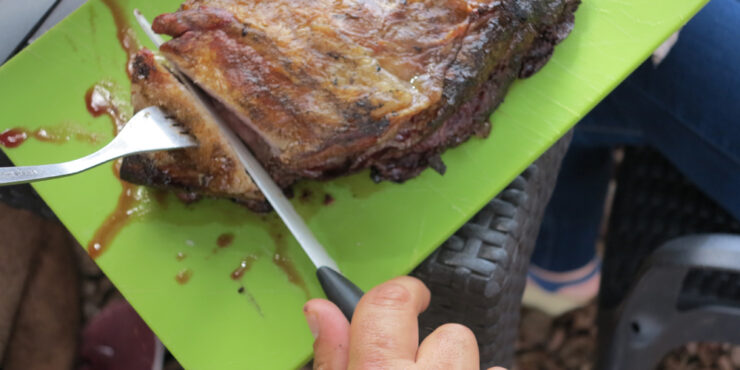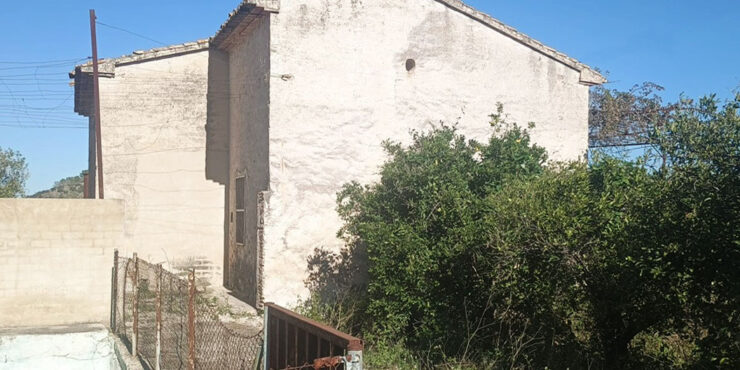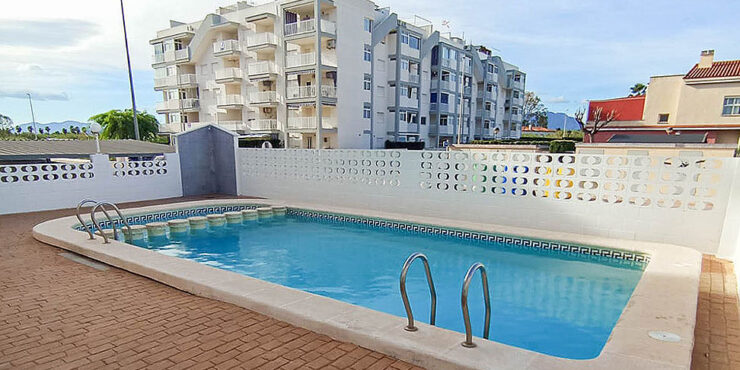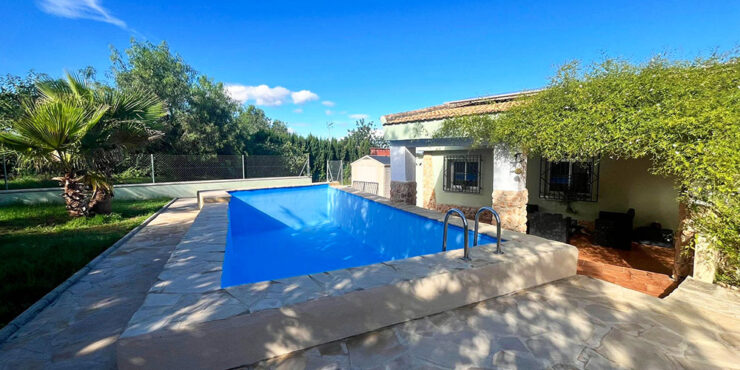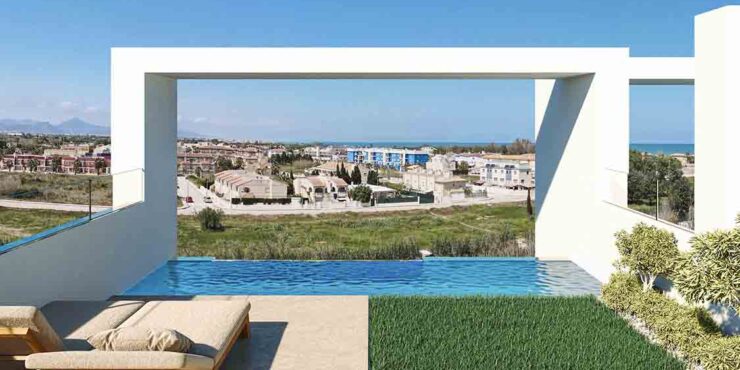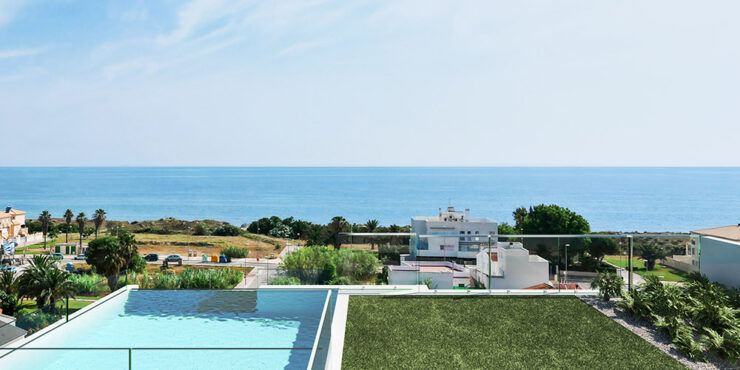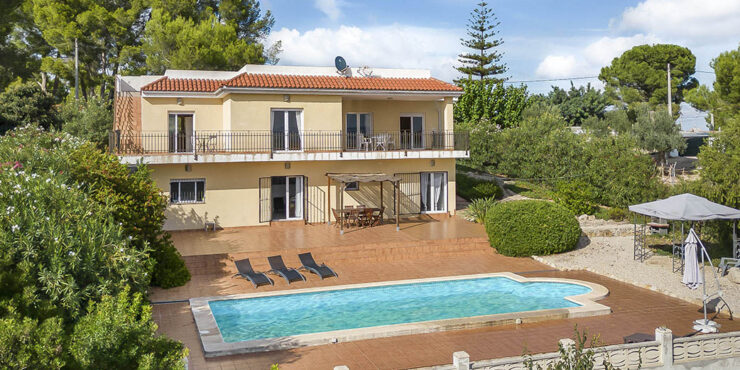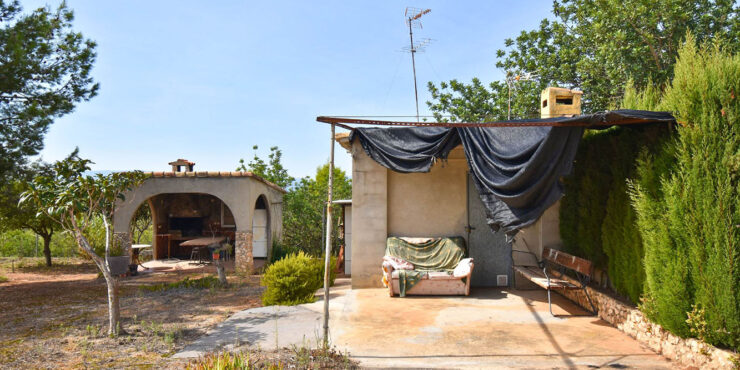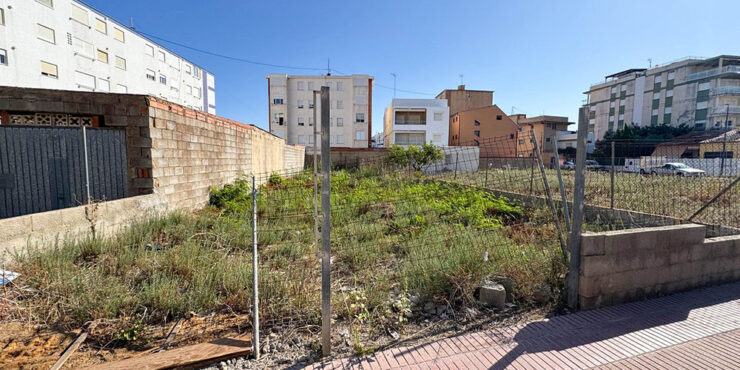Roast Beef On The Barbecue – Argentian Style
Whilst you’re enjoying living in your new home in Valencia you can always guarantee the weather is going to be ‘muy calor’ over the summer months – the perfect weather for arranging to do a barbecue with friends or family.
Below are a few tips from us on how to cook your own Argentian barbecue with the best specialist cuts of meat. Be prepared for a lot of meat though, this may not be for the faint hearted. Our Argentian friends go straight for the jugular every time so if you’re a vegetarian, you may need to look away now as this will definitely not be for you.
If the word ‘barbecue’ makes you think of burnt sausages, dried out hamburgers and undercooked chicken then listen up as the Argentian barbecue’s are by far the best we have ever seen or tasted. If you want to try their mouth watering barbecued roast beef for Sunday lunch then keep reading to find out how it is done in proper Argentian style.
Claudio is the chef in the house and he’s a typical red blooded male who proudly prepares the extra large barbecue that incidentally he built himself. Everything has its place and is laid out in an organised fashion so he can get all of his timings just right.
The first thing that hits you when you enter their garden is the smell of the burning wood, it actually makes you hungry as you anticipate the magnificent feast that is about to unravel. The second thing that hits you is an ice cold beer, a very important companion at the barbecue, so the scene is set and the chef begins his ritual!
Claudio always buys his meat from one of the many specialist butchers in Valencia, who offer ‘Cortes Argentinos’ (Argentian Cuts) as they are quite different to the average Spanish butcher. It is well worth the journey into Valencia to pick up the meat, whether it’s for that special occasion or you simply want to show off to your family and friends, believe me they won’t be disappointed. Just remember not to cremate the meat and you should be ok.
The first thing to be thrown onto the barbecue is the meaty starter: the morcilla and chorizo sausages. The morchillas are second to none from the specialist butcher, filled with onion, nuts, blood and spices. The Spanish morcilla sausage has recently been tagged as a ‘super food’ due to the fact that it’s full of protein, magnesium and calcium and virtually ‘carbohydrate free’ so you don’t have to feel so guilty when tucking into them.
The chorizo sausage is a little spicier and is made from pork and fat, seasoned with pimentón which is a type of paprika here in Spain that can be either hot or sweet. They naturally taste better when cooked on the barbecue as the smoke enhances the flavours.
The cut of beef that is like English roast beef is called ‘vacio’ which translated means ’empty’. Not sure why, maybe that phrase was lost in translation as sometimes happens. This cut of meat has a thick layer of fat running around the outside. If it’s cooked perfectly the fat on the outside should be crispy and crunchy and the meat inside tender and full of juice. Depending on the size and weight of the meat, the cooking time is around 1 hour on medium heated coals, seasoned only with salt.
The ‘vacio’ cut is ideal especially if you’re feeding many people at a barbecue simply because of its size and if cooked correctly it is highly impressive to look at not to mention it simply melts in the mouth. Always leave the meat to rest for 20 minutes before eating to guarantee a succulent piece of meat. Don’t count on any left-overs though as there is never much left on the plates, it really is a meat feast fit for a king! The only thing missing is a couple of yorkshire puddings.
Claudio also buys ‘Entraña’ which translated means Skirt steak. It’s actually a cheap cut of meat which is typically used on an Argentian barbecue because of it’s rich flavours and succulent juice. It can be chewy and tough if it’s overcooked and usually only needs 20 – 25 minutes to cook through. The meat is wrapped in a thick layer of fat and muscle which although tempting to remove adds to the final flavour and helps keep the meat tender. We tend to eat around it so there’s nothing left but the outer layer.
If you’re feeling brave then the Argentians love a few ‘chinchulines’ which translated means, ‘intestines’. These again are cooked on the barbecue and served as a starter whilst waiting for the roast beef. They must be fresh and cooked through on medium heated coals under a watchful eye.
The table isn’t complete without the all important ‘Chimichurri’ sauce to compliment the meat. It is made up of crushed parsley, oregano, garlic, olive oil and a squeeze of lemon it accompanies the flavours in the meat perfectly. I think a bit of chilli would be great too if you like it hot.
Another essential item is a fresh green salad normally containing a surprise fruit of some kind: strawberry tastes divine or you could try apple, kiwi or melon. A couple of fresh baguettes are placed whole on the table to literrally rip off into pieces and eat with the meat: simple but extremely tasty.
Everybody around the table has a glass of red wine, the perfect partner at an Argentian meal. As you feel the stresses of the week disappearing it’s time to start enjoying the fruits of Claudio’s labour. We all raise a glass and toast for good health and say ‘Salud!’ or ‘Cheers!’ A word of warning: it is very important to maintain eye contact with the person you are toasting here in Spain, because if you don’t, you may be cursed with 7 years of ‘bad sex’ so be very careful. In Spain make sure you toast with a glass of wine and not water or else you may be hit with the same curse. Seriously!
I think we can safely say that life doesn’t get much better than enjoying great food, in great company, whiling away the hours on a Sunday afternoon.

